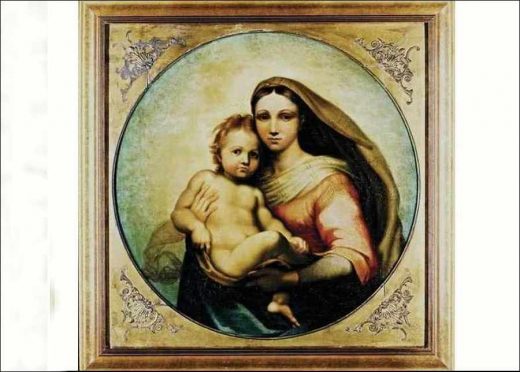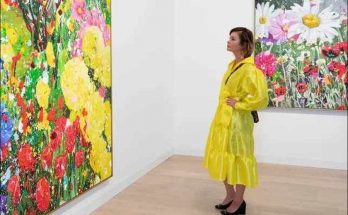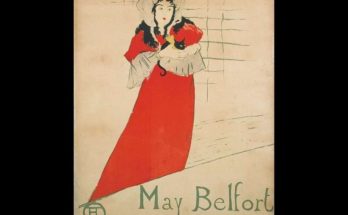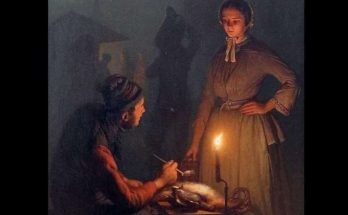Discussions about the impact of artificial intelligence (AI) in the art world have so far focused on what benefits or disadvantages the upcoming technological revolution may have for artists. But curators and experts are asking whether artificial intelligence could be a useful scientific tool for art historians as it becomes a part of life.
This question was raised during a recent controversy over attempts to attribute a new painting to Raphael using an artificial intelligence program. Earlier this year, an analysis using AI-assisted, computer-based facial recognition by two UK universities (Bradford and Nottingham) found that the faces in “De Brécy Tondo,” a Raphael painting purchased by businessman George Lester Winward in 1981, were He concluded that it was the same as the faces in the “Sistine Virgin” (circa 1513).
The findings sparked a fierce reaction from art historians, including Angelamaria Aceto, a researcher of Italian drawings at the Ashmolean Museum in Oxford, who said she would not support an assessment of authenticity based on artificial intelligence. “True expertise comes from the masterful judgment of the trained eye,” Aceto said, adding that the job is “much more than mechanically matching brushstrokes and images.”
This example has raised questions about the validity and scope of data sets used in such AI programs. “A computer can only be as good as what you put into it, and I haven’t seen any reports on computer art detection that explicitly ask what element of the work the software is working on,” says another Raphael expert who asked to remain anonymous.
“A false equivalence”
Hassan Ugail, director of the Center for Visual Computing at the University of Bradford, who helped develop the AI recognition model called OldMasters, told The Art Newspaper: “We recognize that the expertise of art historians and academics is invaluable in understanding the historical and cultural context of works of art.” It is necessary to. However, incorporating AI into the process can provide additional insights and complementary information.” Ugail notes that AI can bring “greater transparency” to the process and contribute to a clearer and more accountable approach to identifying works of art.
This issue is also worrying for art patrons. Karen Thomas, founder of Thomas Art Conservation in New York, says that to compare “like like accurately,” AI must compare identically preserved layers of paint on paintings. “If AI compares a perfectly preserved area in one painting with a restored area in another painting, or compares two paintings restored by different hands, we end up with a false equivalence, which is the essence of AI,” he says.
Thomas emphasizes that the value of expertise is very important in understanding the images: “I don’t think this can be done in the same way by artificial intelligence.” Thomas raises a series of questions: In the case of a poorly restored painting, will AI be able to see beyond the restoration and sense that something more real to the artist lies beneath? Or, conversely, can the AI take into account a dirty varnish, wear or damage and visualize how a careful restoration would bring the painting closer to what it should look like if it were in good condition? Still, he adds, AI should not be viewed as useless. “I think it could be one of many tools that can be used to determine who owns a picture.”
Founded five years ago, the Swiss company Art Recognition has made a name for itself with its artificial intelligence system, which it says “quickly and objectively evaluates the originality of a work of art.” “We meticulously assemble our datasets of images and cross-check them using reputable sources such as Catalogs raisonné,” said Carina Popovici, CEO of the company. “Our team of AI developers works closely with an art historian who audits and curates these images to ensure their accuracy.”
The company’s detailed AI process, which includes “training the algorithm,” allows the AI to capture characteristics of the artist being analyzed and has been used to confirm the authenticity of controversial works such as Vincent van Gogh’s 1889 self-portrait in the National Museum in Norway. “Our AI classified the self-portrait in Oslo as real with a 97 percent probability,” the company’s website says in a statistical evaluation. This confirmation came just weeks before a team of experts at the Van Gogh Museum in Amsterdam concluded that the painting was authentic.
Visits: 42



